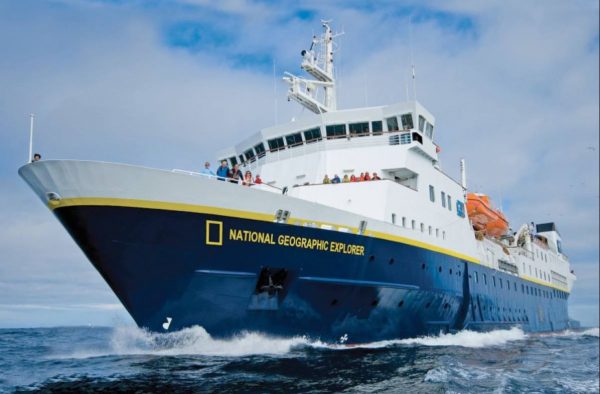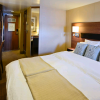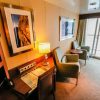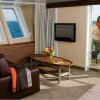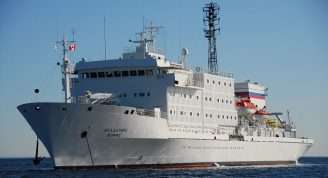Description
Remote and largely inaccessible, Patagonia is the essence of wildness—a maze of channels and islands. Venture deep into Chile’s glorious fjords past incandescent icebergs and massive glaciers. From the “land of fire,” Tierra del Fuego, to the jagged spires of Torres del Paine National Park, experience Patagonia at close range aboard National Geographic Explorer. And, thanks to our special access, we’ll enjoy the privilege of visiting the far-off, stunningly beautiful natural parklands of Karukinka and Yendegaia. We’ll also visit the ‘brand-name’ adventurous destinations of Torres del Paine and Cape Horn. And we’ll be privileged to be one of the only expedition ships ever allowed to visit Argentina’s remote, wild Isla de los Estados.
Explore Patagonia’s wildest regions
The wilderness of Patagonia is near mythic, nowhere more so than the newest and largest protected area: Karukinka Natural Park. We’re thrilled to have special permission from the Wildlife Conservation Society to visit this reserve, which spans 1,160 square miles and harbors endangered culpeo fox and Andean condors.
Discover seldom-visited Isla de los Estados off Argentina
By special permission, National Geographic Explorer will call at Isla de los Estados, a wild island largely untouched by humans in decades, it has only a naval outpost with four guardians. Walk its wild beech forests, look for penguins, see the 1884 San Juan de Salvamento “lighthouse at the end of the world,” which inspired Jules Verne’s novel by the same name, plus explore the ruins of a penal colony. And, conditions permitting, explore a very rarely seen archeological site where native people lived 1,500 years ago.
Incredible mountainscapes, fjords, glaciers, and islands
From the razor-backed ridges of the sprawling Torres del Paine National Park to Pio XI, the longest glacier in the southern hemisphere outside of Antarctica, Patagonia is a land of superlatives. This vast area of snowcapped mountains, gigantic glaciers, thousands of islands covered with vegetation, lakes, soaring granite walls, and waterfalls, and archipelago provides days of spectacular adventure. Explore the towering fjords by Zodiac and kayak; hike to the terminus of massive glaciers; walk the spongy, vegetation-covered ground surrounded by the immensity of a wild pristine landscape.
Rare wildlife and the undersea, too
On Chile’s Chiloé Island, hike through the unusual, ancient alerce forest of massive trees, some 2,000 years old, similar in dimension to California redwoods. Search for the endangered culpeo fox and Andean condors. See albatrosses, grebes, petrels, fulmars, shearwaters, and more. And on Isla de Los Estados, walk among colonies of southern rockhopper and Magellanic penguins, plus see large groups of fur seals and sea lions. And in the Chilean fjords, Explorer’s on board undersea specialist will deploy an ROV to shoot video of an undersea few humans have ever seen.
Each day is active and engaging
You’ll get out on adventures often in Patagonia, sometimes twice a day—to walk or hike, kayak, or Zodiac cruise through the fjords and alongside towering glaciers. Because Explorer has a fleet of both Zodiacs and kayaks, the entire expedition community can embark at once on forays, no waiting around for returning parties. You’ll have a choice of activities each day, and the option to join any naturalist whose interests mirror yours. Choice also includes opting to enjoy the view from the all-glass observation lounge, the library, or the chart room. To visit the fitness center with its panoramic windows, or ease into the sauna, or have a massage in the wellness center.
Take advantage of superb photo ops
You’ll have a National Geographic photographer as your traveling companion, to inspire you and provide tips in the field. And the services of a National Geographic certified photo instructor, as well—to help you turn your point-and-shoot camera into an aim & create. You’ll find no end of subjects, and the help you need to return home with your best photos ever.
Travel in excellent company
Explore under the sure guidance of an expedition leader, an assistant expedition leader, eight veteran naturalists, a National Geographic photographer plus a National Geographic certified photo instructor, an undersea specialist, a Global Perspectives guest speaker, a wellness specialist and a video chronicler. Their knowledge and passion for Patagonia is the key to your once-in-a-lifetime experience.


